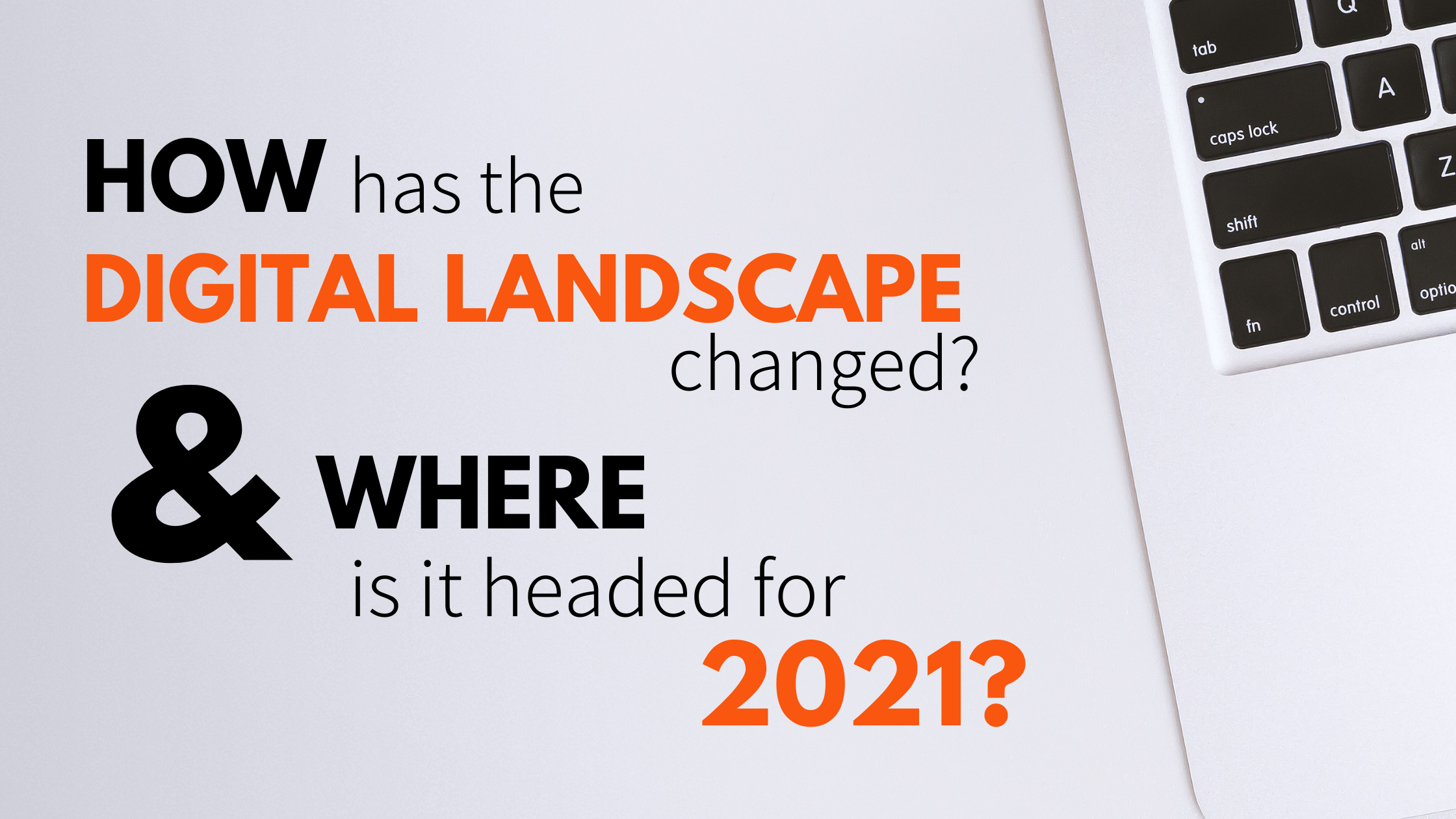January 07, 2021
As 2020 came to a close, we looked back on how the digital landscape had changed and where it is headed for 2021, so as to best guide our customers on how to optimize their digital strategies and long-term growth. Looking back on last year, without a doubt the biggest change we have seen is how businesses operate, and the rapidly-increasing proportion of companies who are digitising their operations. While this has been a clear trend for over a decade now, what we care about is where e-commerce is now, and where it is going in the near future.

Yes, there are challenges with the rising global e-commerce sales rates. Advertising rates are steeper than ever. Online competition is rampant and the way people are shopping is constantly evolving.
But with challenges come opportunities. To help you capitalize on both backend efficiencies and frontend conversions, let us recap the key e-commerce trends that we should all be aware of going into 2021.
1. AR in the online shopping landscape: In 2019, Gartner predicted that 100 million consumers will shop using Augmented Reality (AR) by 2020. So this year, we can certainly expect that more websites and apps will offer virtual product try-ons, such as seeing what they would look like in a certain outfit or how a piece of furniture would fit in their living room.
More accessible AR technologies pave the way for quicker purchasing decisions and the eventual phase-out of the traditional brick-and-mortar shopping models, so it is crucial that businesses consider how to implement AR to streamline the shopping experience and better capture the attention of consumers.
2. AI Data and Customer Service Tools: You may have read our previous article about AI chatbots and how they have become a focal point for businesses to connect with their customers and further digitise their operations.
AI tools can provide instantaneous and comprehensive customer service as well as data analytics on the consumer buying behaviour and the lead source.
For website owners, this means the fast-tracked provision of product promotions and discount offerings that cater to each customers’ needs and expectations. And as we all know, a more personalized shopping experience can significantly increase conversion rates, customer loyalty and one’s overall competitiveness.
3. Mobile shopping and Mobile Payments: The ability to shop from anywhere is evidently the major advantage of businesses bringing their physical store experiences online. Statistica predicts that by the end of 2021, 73% of e-commerce sales will take place on a mobile device. Therefore, businesses must ensure that their websites are built to be mobile-responsive; that is, fully operational and easy to use and make purchases with on their mobile devices.
If we are talking about innovation in e-wallets and online payments, China is the leader by far, with WeChat and Alipay each having over 1 billion users who can pay with face ID, voice activation, fingerprint and more – and these APIs link to every app and website in the country. These fast mobile payment methods ultimately mean increased growth for those businesses who can integrate such payment gateways and innovate above the competition.
4. Growing Volume of Voice Search: According to Loop Ventures, it is estimated that over 75% of U.S. households will own a smart speaker with voice assistants such as Amazon Alexa or Google Nest Hub by 2025. Why? To do everything from checking the weather to buying products online with just a few voice commands. Users can save time on browsing, entering payment information and opening up a physical device, thus leading to fast-tracked purchasing decisions and instantaneous customer service. In the coming years, businesses should ensure voice activation features are integrated into their apps and websites to maximise conversions.
5. Digital Marketing: Conversion optimization involves three major parts to the journey: attracting potential customers, converting them once they are there, and maximising their loyalty and repurchase rate. Naturally, customer conversion is a growing concern for 2021 and businesses can only do so much to finetune their product pages and impress the algorithms. The other side to it is purchasing ads on Facebook, Google, and engaging in other on-site digital marketing efforts to stand out from the others – but the latter tends to be costly on an ongoing basis and can certainly pose challenges to businesses. To take advantage of the horse-racing algorithm of social e-commerce platforms, website optimization should be a foundational priority for all.
We wish our clients and readers a Happy New Year! May 2021 bring you joy and success and, as always, our team at Dotsquares is always here to offer our obligation-free consultation and guidance on how to optimize your web platforms, business operations and digital strategy.